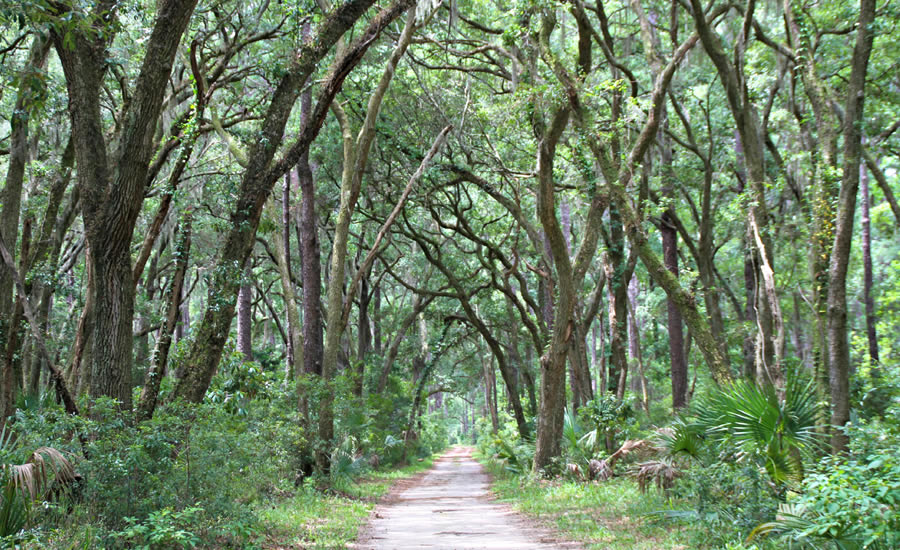The ACE Basin is many things, but foremost it is an acronym. The Ashepoo, Combahee, and Edisto rivers compose the gathered namesake and sizeable estuary that is the ACE basin. Tucked in between Charleston, Beaufort, and Colleton, the ACE Basin is close enough to town to grab a drink after a big day of exploring, but secluded enough to allow you to easily feel wrapped up in rivers, beaches, and fields for a day.
The ACE Basin is close enough to town to grab a drink after a big day of exploring, but secluded enough to allow you to easily feel wrapped up in rivers, beaches, and fields for a day.
At some points, it feels as though the ACE Basin has been plucked out of time and delivered right into our century. The Spanish moss that wafts off of the mighty oaks, stretched out in rows upon rows from the tall plantation homes, indicate a time past but an ecosystem still flourishing. Through a series of fortunate events for this basin, residents have always desired it remain preserved, and so it has. The basin may not have been the estuary it is now had not been for the campaign for its protection, led by the ACE Basin Project, which successfully conserved 217,000 acres of coastal plain, cementing itself as the largest estuary on the East Coast.
You may not be able to cover all those acres in one day without some seriously sore feet, but you can certainly make a dent if you hit the right spots. If you want to see the intertwining of history and ecology, find your way to the Westvaco Nature Trail in Jacksonboro. This trail will bring you past highly diverse plant and wildlife, while also meandering across the old King’s Highway that once ferried the plantations products northward.

If you’d like to get deeper into the lower wetlands of the basin, slip over to the Great Swamp Sanctuary, which is much more accessible than it may sound. The network of boardwalks over this 842 acre section allows you to get as close to the wetland as possible, but still have a relaxing hike. One path in particular follows the Colonial-era Charleston to Savannah Stagecoach road, which has slipped back into the gentle grip of the ecosystem—though not without leaving a few hints.
Just three and a half hours south of Charlotte, the basin offers a corridor of the Carolina coastline that is unique in its history and its composition, delivering an experience authentic to the true nature of the early Carolinas. The life and biodiversity will surely leave an impression on any visitor, just as it did on the many generations who have passed through this area and felt compelled to preserve it.












